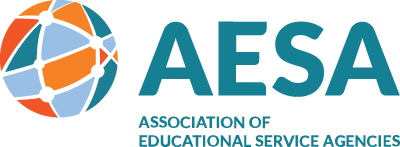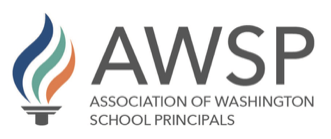About AESD
Mission
To ensure equity and excellence in education through effective services delivered statewide.
Vision
To inspire and foster equity, opportunity, and results through meaningful support of all school districts.
What is the AESD Network?
Each of Washington’s nine Educational Service Districts (ESDs) provides essential local services, responsive to their region’s communities. Together, they form a network that leverages each other’s strengths, and supports all students and schools statewide.
AESD Strategic Plan (2018 – 2021)
Our Values
Our Goals
Goal 1: Strategic Relationships
Develop strategic relationships
Vision: To grow a sustainable future through strategic relationships
Goal 2: Grow the Network
Enhance the Network and provide needed services with a focus on quality and impact.
Vision: To provide seamless and nimble services
Goal 3: Tell our story
Vision: ESDs are an integral and valuable part of the education eco system in Washington State
Partners & Resources
OSPI/AESD Partnership
OSPI and ESD superintendents represented within the Association of Educational Service Districts (AESD) have agreed to commit to establishing and maintaining the OSPI/AESD partnership. They are working together to realize an open and coordinated system focused on shared statewide initiatives that collaborates on goals, accountability measures, and deliverables, and that engages in continual improvement efforts to strengthen the efficacy of the partnership on behalf of Washington’s students.
To learn more, download the current draft of the Coordinated Services Agreement between the Office of Superintendent of Public Instruction and the Association of Educational Service Districts.
Videos
50th Anniversary: A History of AESD
ClimeTime: Teaching Climate Science in the Classroom
Eastern Washington Computer Science Consortium






